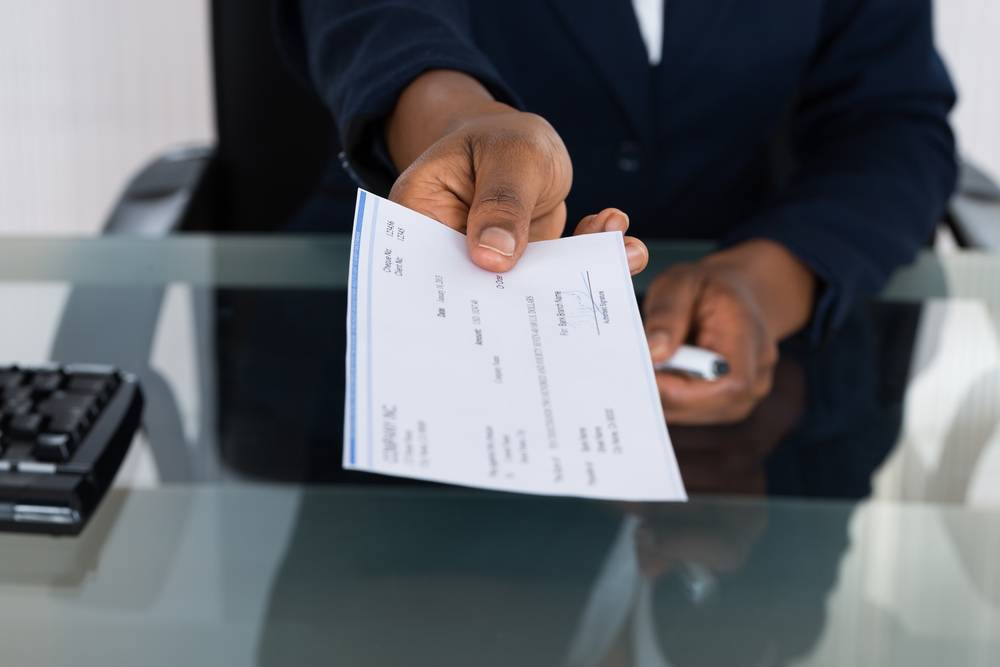Cheques have been an integral part of the financial system in India for several decades. They are widely used for transactions, payments, and business dealings. However, there are instances when a cheque issued to you gets returned unpaid, commonly referred to as a bounced cheque. This unfortunate event can cause inconvenience and financial stress. In this blog post, we will guide you through the necessary steps to take when your cheque bounces in India.
- Understand the reasons for the bounce:
The first step is to determine why your cheque bounced. There can be various reasons, such as insufficient funds in the issuer’s account, mismatched signatures, overwriting, post-dated cheque, or a closed account. Understanding the reason behind the bounce will help you take appropriate action.
- Communicate with the issuer:
Contact the person or entity who issued the cheque and inform them about the situation. It is possible that the bounce occurred due to a genuine mistake or a temporary financial constraint. Communicating with the issuer can help resolve the matter without legal involvement.
- Issue a legal notice:
If the issuer fails to respond or refuses to rectify the situation, you can proceed to issue a legal notice. Draft a legal notice stating the facts of the bounced cheque and the demand for payment within a specified time. The notice should be sent through registered post or courier, ensuring it is received by the issuer.
- Wait for the response:
Once the legal notice is sent, wait for a reasonable period for the issuer to respond. The duration for the response can vary, but typically it is 15 days. During this time, keep all the communication records, including copies of the legal notice, receipts, and any other relevant documents.
- File a complaint:
If the issuer does not respond or fails to make the payment within the specified time, you have the option to file a complaint under Section 138 of the Negotiable Instruments Act, 1881. This section specifically deals with cases of cheque bounce. Consult a lawyer to understand the legal procedures and requirements involved in filing a complaint.
- Court proceedings:
Upon filing the complaint, the court will issue a summons to the issuer. Both parties will have to present their side of the case, including evidence and witnesses if necessary. The court will evaluate the facts and may pass a judgment in your favor, ordering the issuer to pay the amount mentioned in the bounced cheque along with additional penalties.
- Execution of the court order:
If the court rules in your favor and the issuer still fails to comply with the order, you can initiate execution proceedings. This may involve approaching the court-appointed authorities to seize the issuer’s assets or garnish their bank accounts to recover the amount owed to you.
Conclusion:
Dealing with a bounced cheque can be a frustrating experience, but it’s important to take the necessary steps to protect your financial interests. By understanding the reasons for the bounce, communicating with the issuer, issuing a legal notice, and seeking legal recourse if required, you can increase your chances of recovering the amount due to you. Remember to consult with legal professionals to navigate the legal procedures effectively. Stay vigilant, and ensure that your financial transactions are secure and reliable.


